Coach Reveals 10 Almost Zero-Calorie Snacks to Help You Lose 20 Pounds

Do you want to lose weight without having to sacrifice snacking? According to one expert, this is not only possible, she recommends it. Lea Dombrowski is a holistic health coach who helps women lose 20 pounds and improve gut health. In a recent social media post, she reveals all the almost zero-calorie snacks "to grab during a weight loss journey," she writes.
Pickles
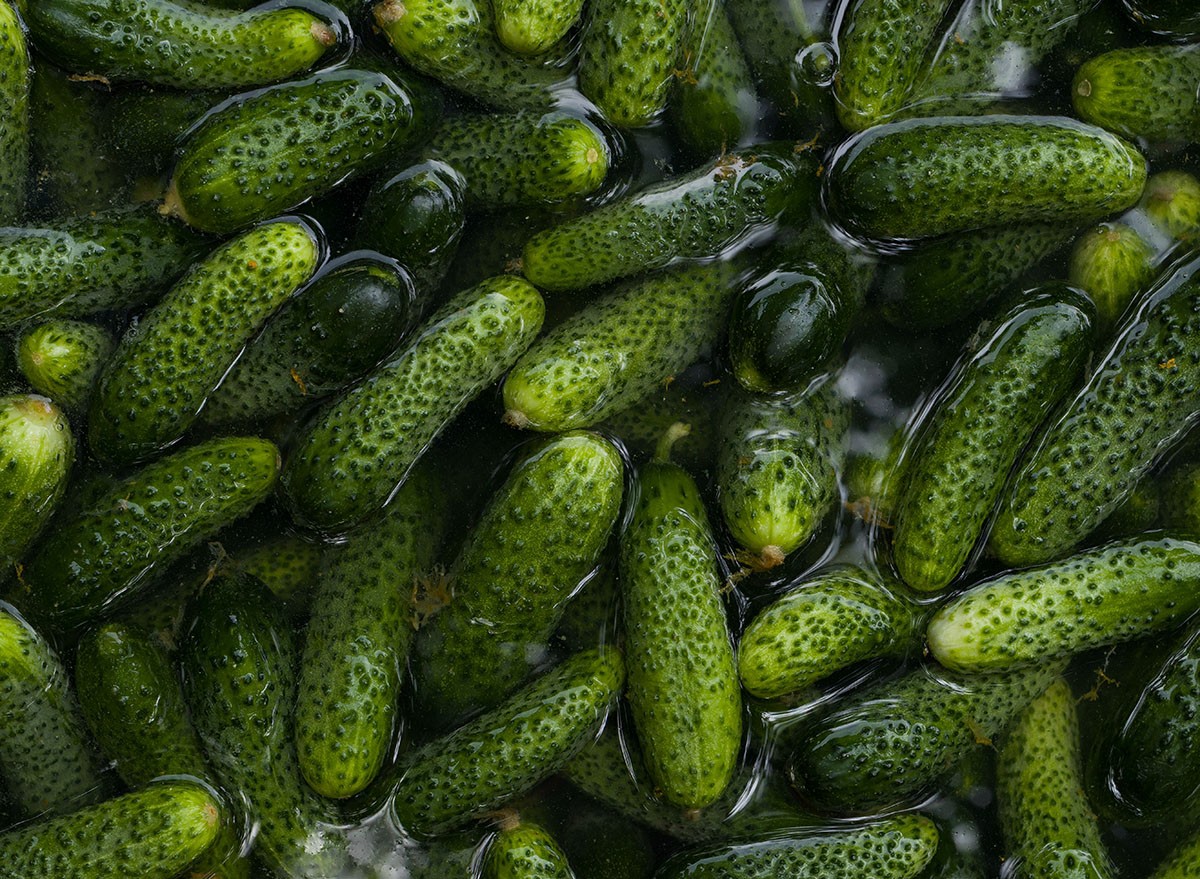
The first snack she recommends is a popular fermented veggie: Pickles. "This salty snack has only 5 calories per pickle," she explains.
Zucchini or Kale Chips
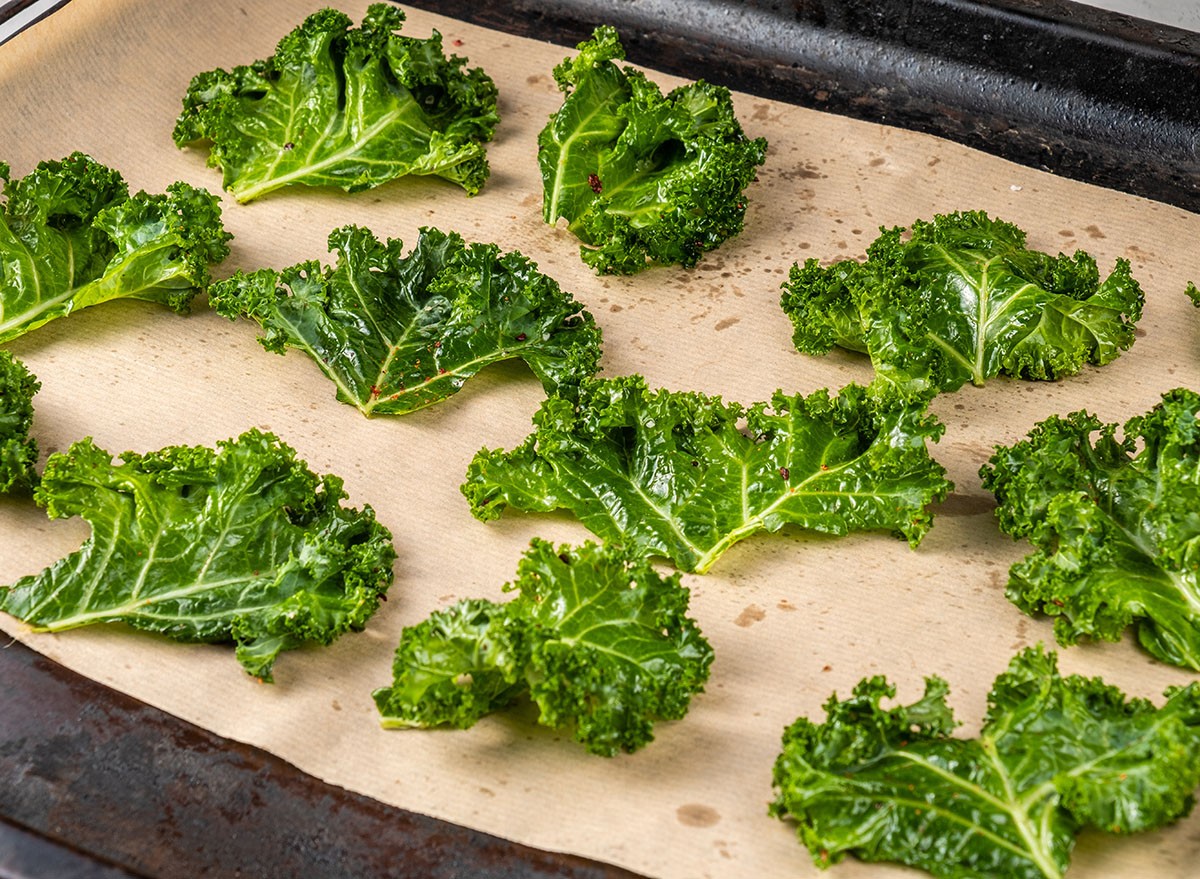
Next up, veggie chips. However, she doesn't recommend buying them in a bag. Instead, make your own. "Air fry zucchini or kale to make a crispy chip with only 20 calories per cup," she suggests.
RELATED: 8 High-Protein Foods with Nearly Zero Calories That Melt Fat
Sugar-Free Jello
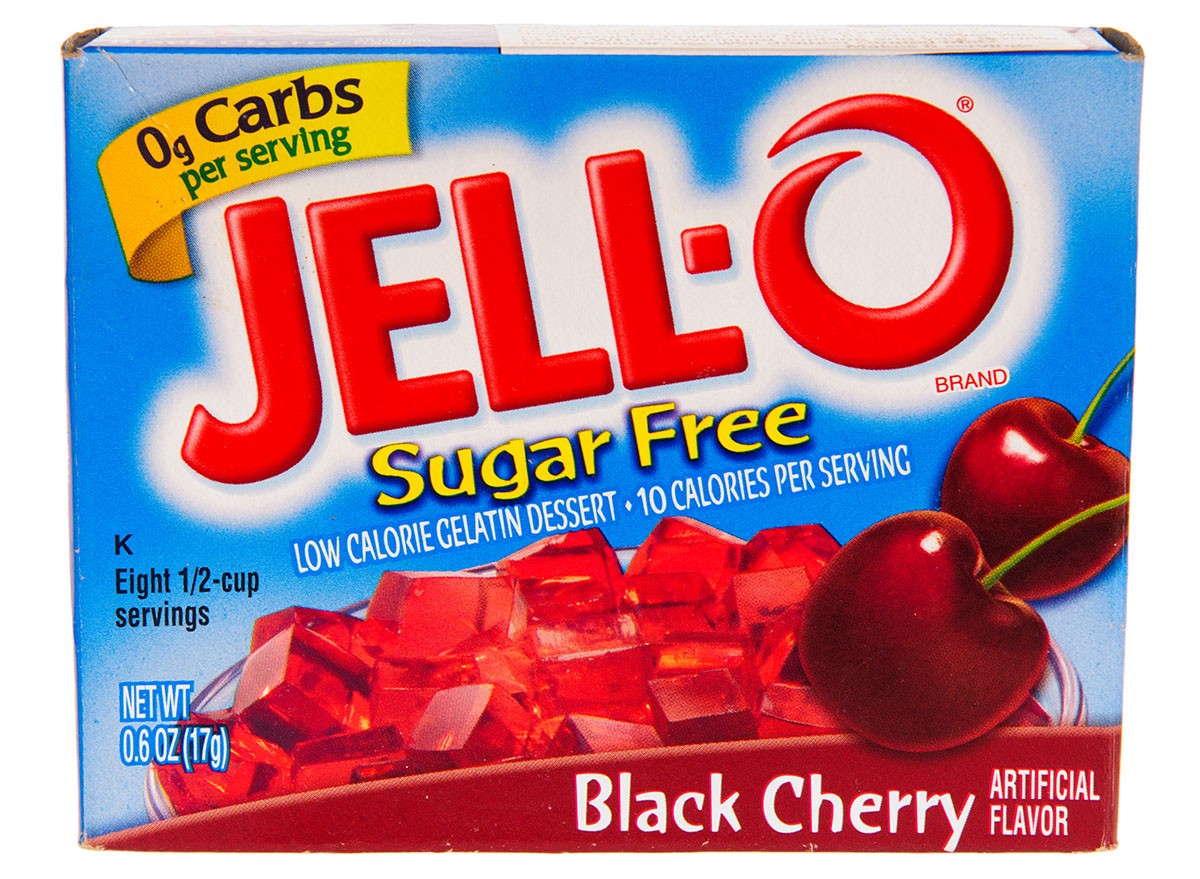
Have you ever tried sugar-free jello? It tastes nearly the same as the original, with far fewer calories. "For a sweet snack grab a jello with only 20 calories per cup," Dombrowski says.
Air-Popped Popcorn
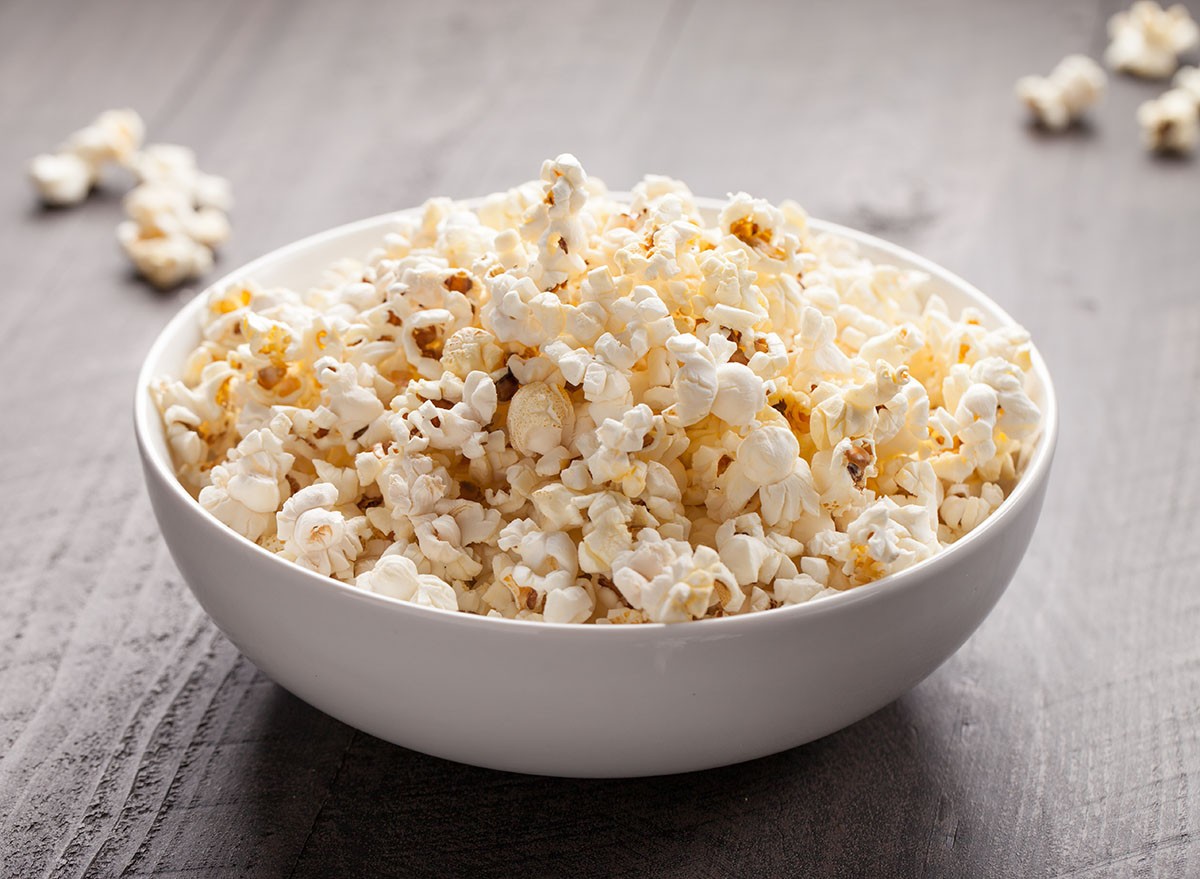
Another great snack, especially when watching a movie? Air-popped popcorn. "Pop popcorn with no oil and it's only 30 calories per cup," Dombrowski says.
Roasted Seaweed Snacks
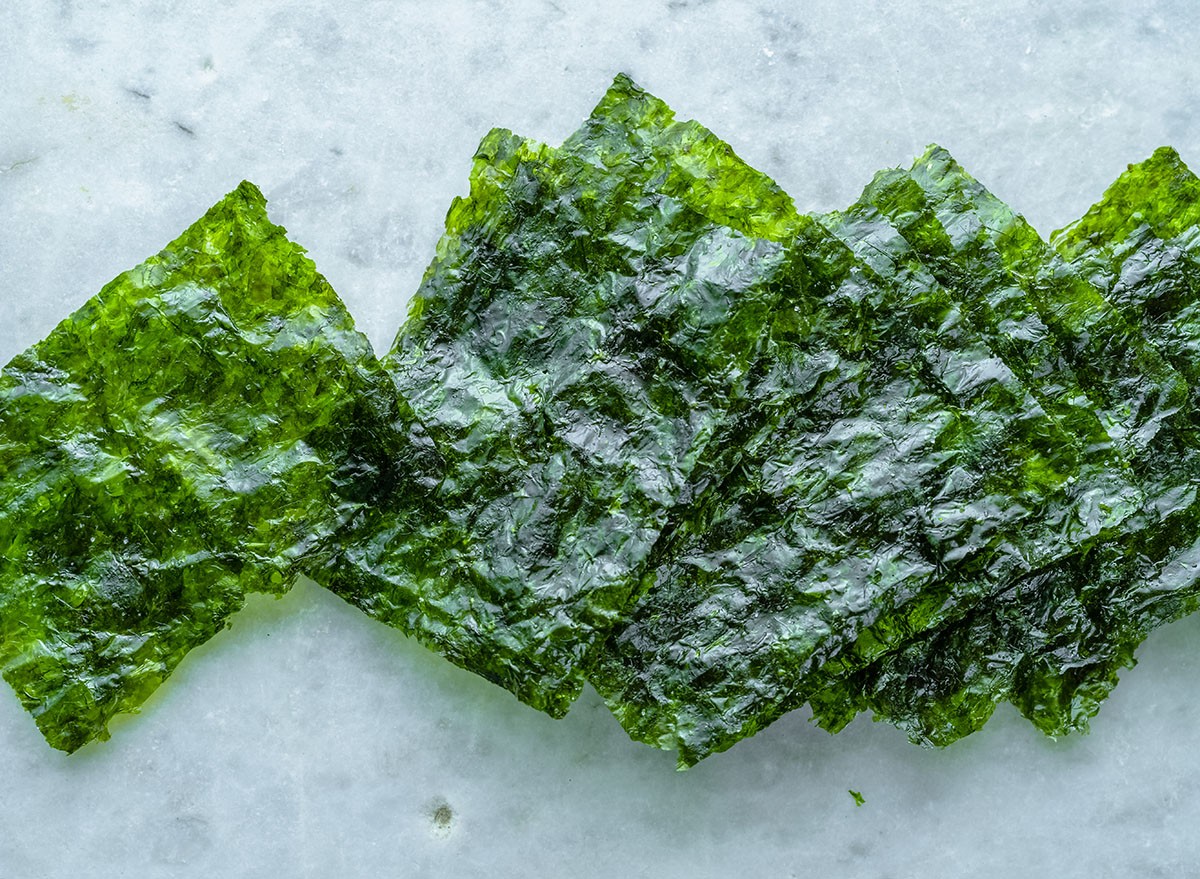
While they are an acquired taste, roasted seaweed snacks are nutritionally beneficial. "These are salty and nutrient-dense with only 20 calories per pack," Dombrowski says.
Jicama Sticks with Tajín
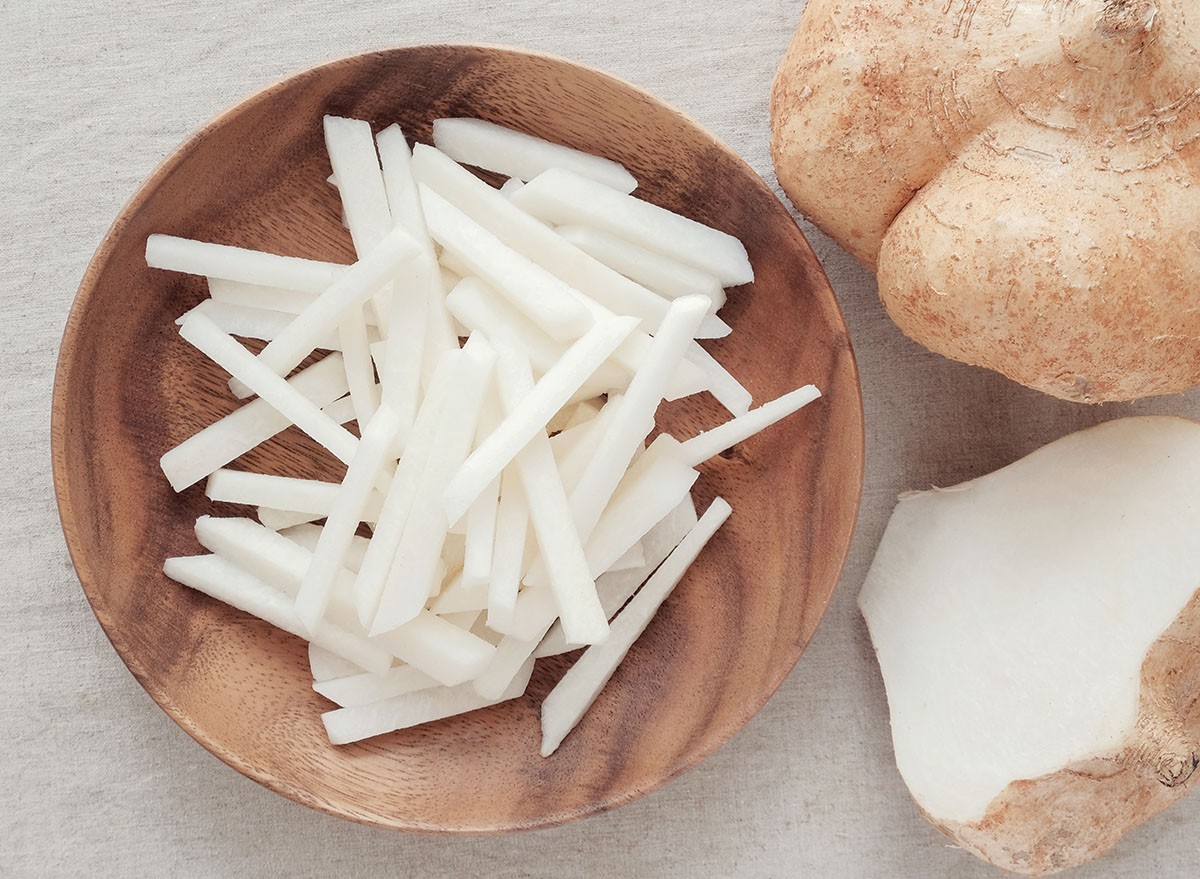
Jicama sticks with tajin makes a tasty vegetable snack. "This is packed with fiber and tastes delicious with only 20 calories per cup," she claims.
Low-Calorie Fruits
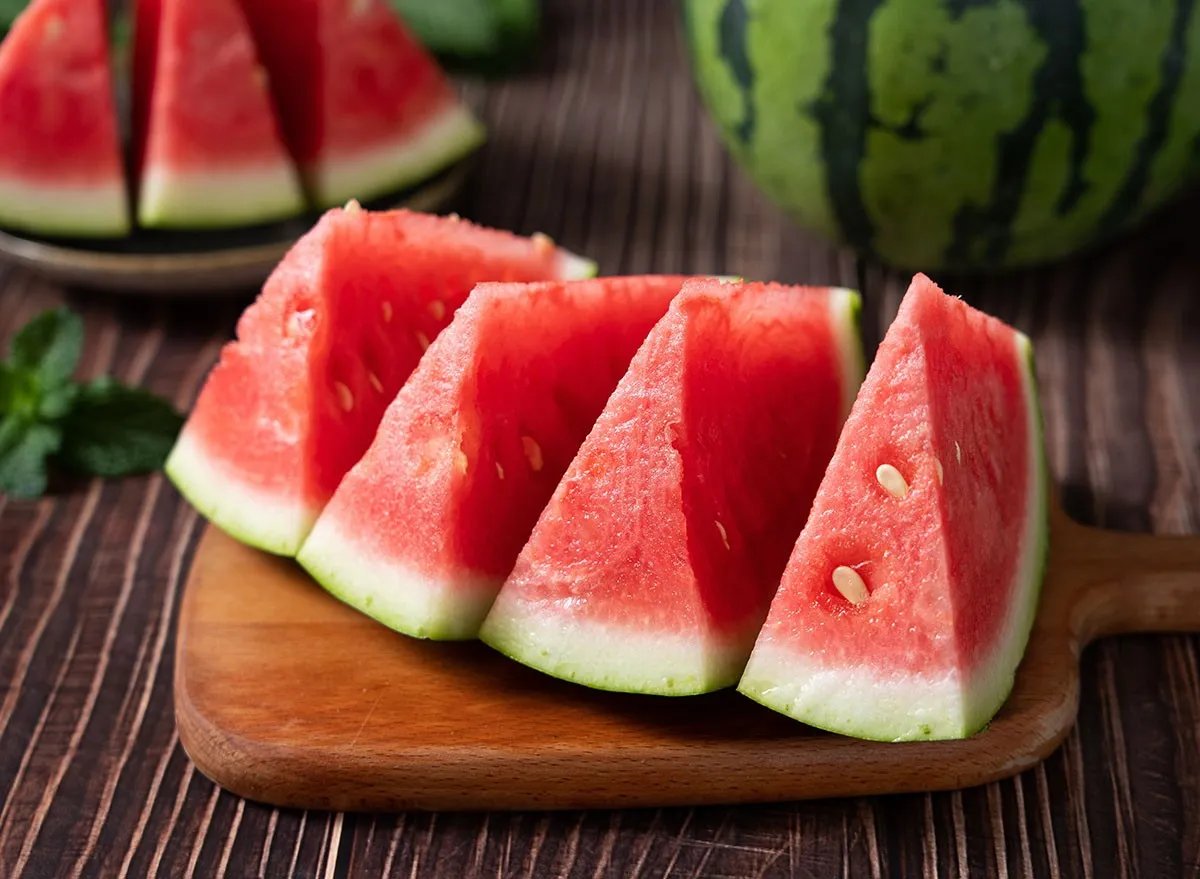
In another post, Dombrowski reveals more of her favorites, starting with low-calorie fruits. "Watermelon, berries, peaches, apples, and other fruits are high in water and fiber, making them super low-calorie but filling," she says.
Vegetables
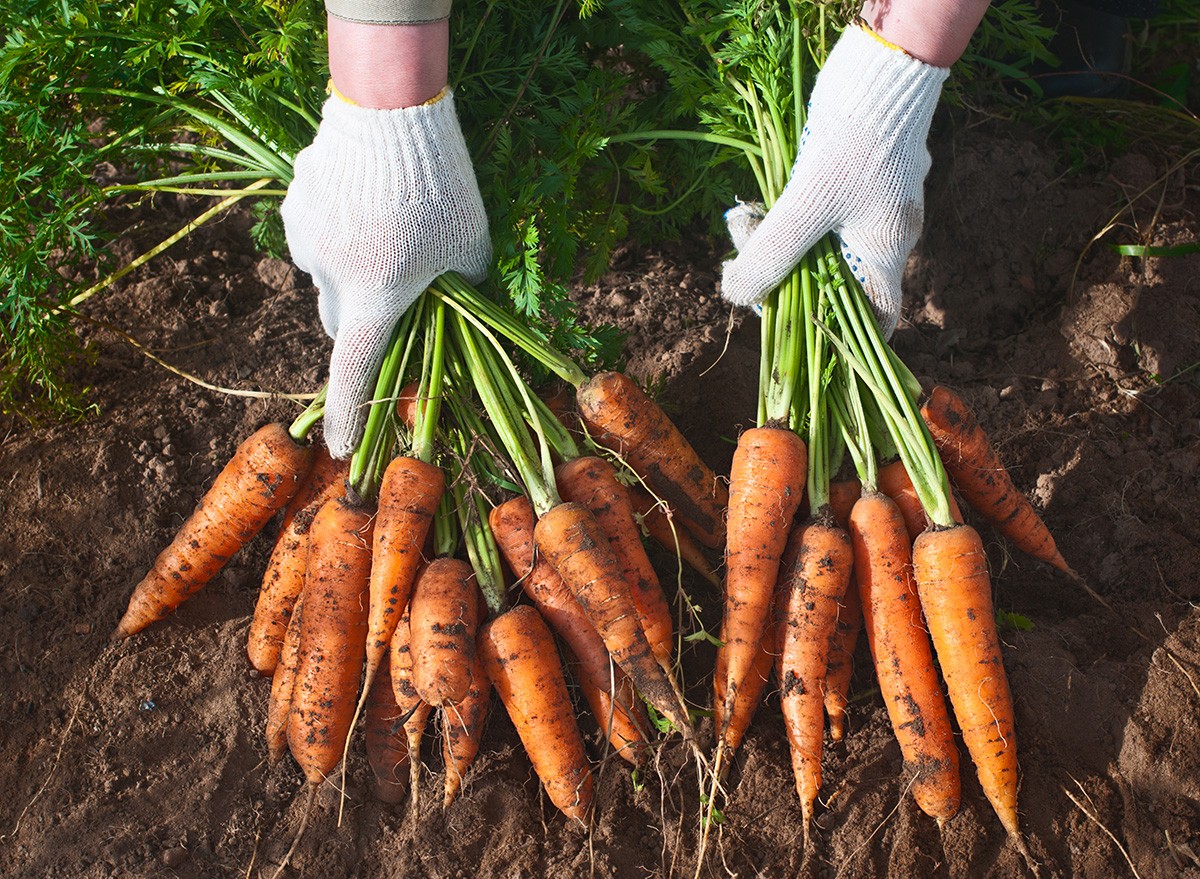
Vegetables are also a great snack. "Carrots, celery, cucumbers, snap peas, and other veggies have a lot of volume with essentially zero calories," she says.
RELATED: 20 Superfoods for People Over 50
Roasted Chickpeas
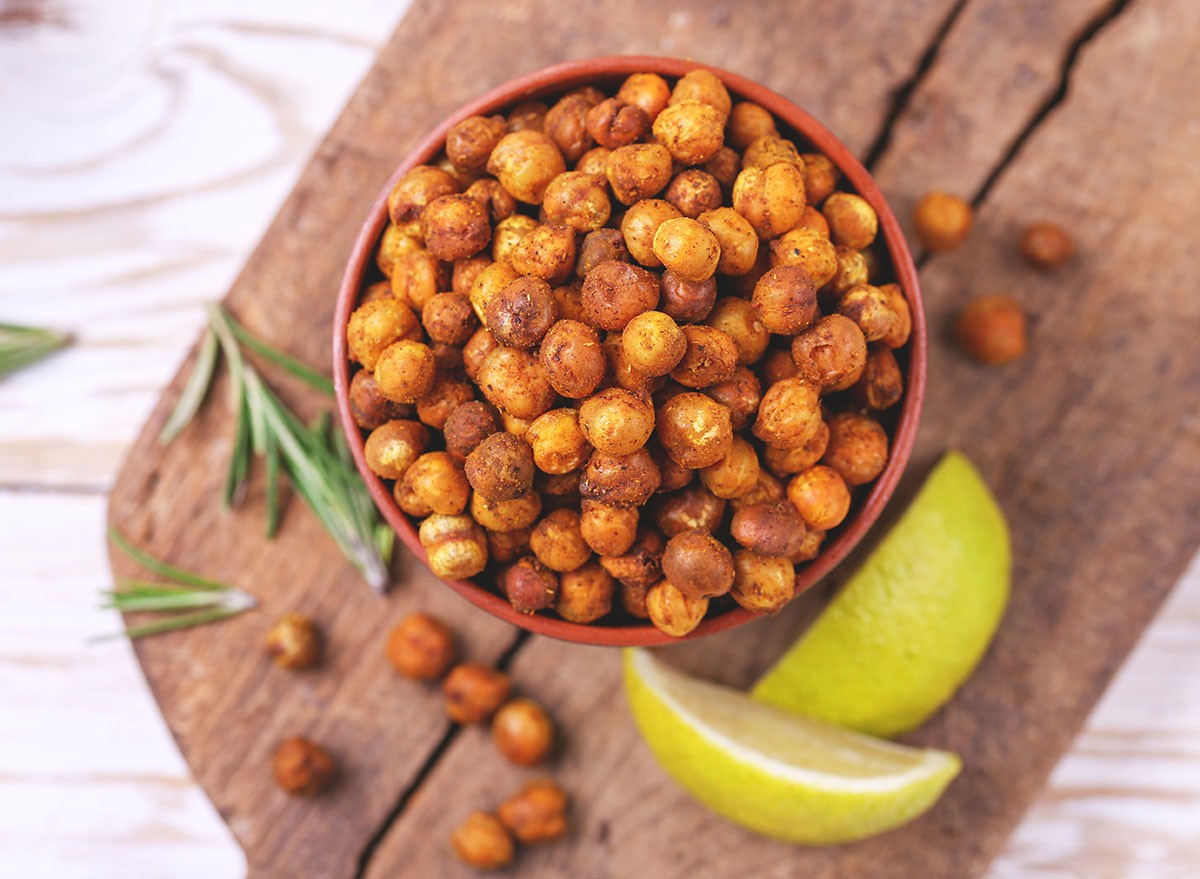
Roasted chickpeas are another great snack. "This high-fiber, high-protein snack is low in calories, super filling, and makes the best chip alternative," she says.
Deli Meat
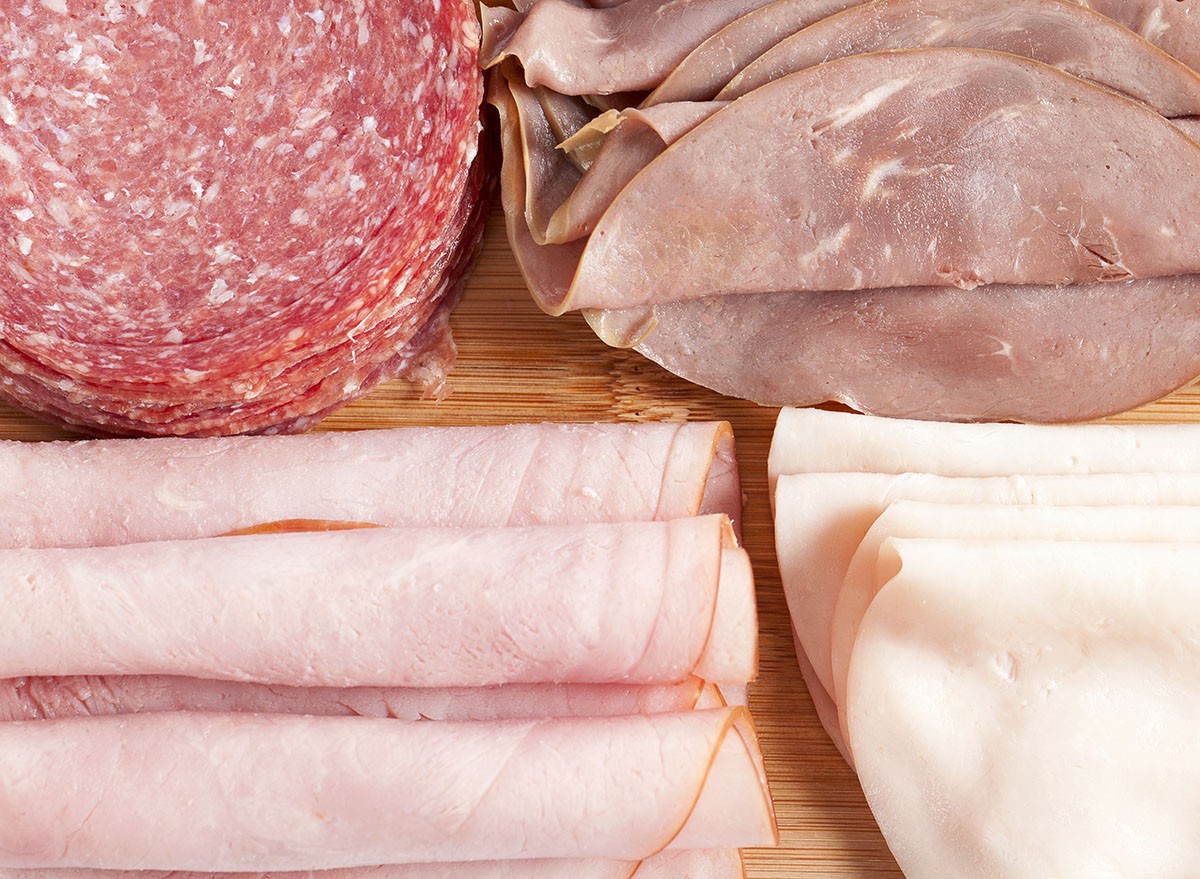
The last snack she suggests is deli meat. "Turkey and ham are packed with protein for very few calories! Perfect for upping your protein for the day," she says. And if you enjoyed this article, don't miss these 8 High-Protein Foods with Nearly Zero Calories That Melt Fat.




